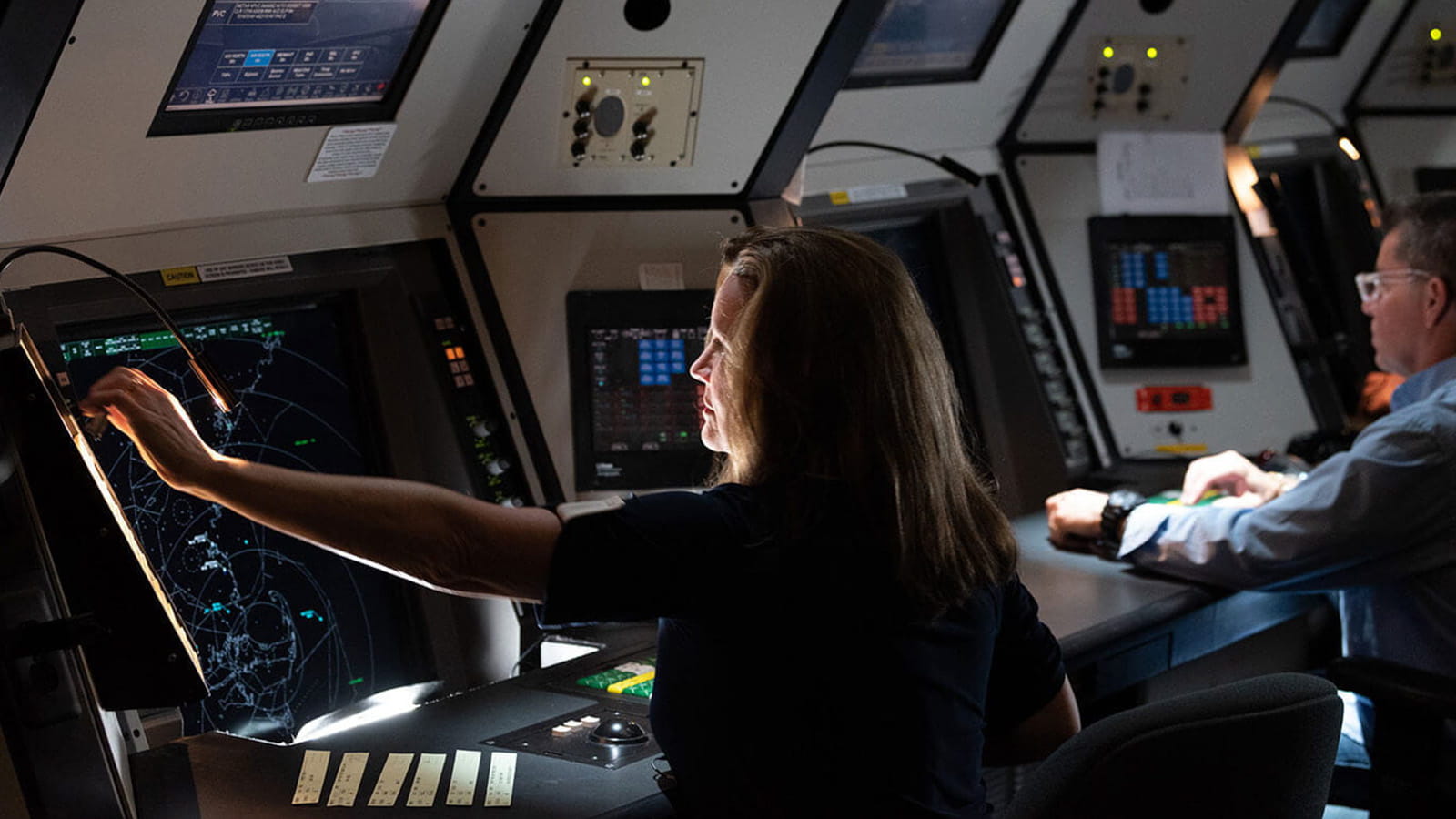Wrong-surface
alerts occur when an aircraft lines up to or lands on the incorrect runway, taxiway or airport, alerting air traffic control to provide further instructions to the pilot

The private jet was making its final approach at Lincoln Airport in Nebraska – and heading straight for the wrong runway.
Luckily on that day in fall 2023, the plane was still about five miles out, and an air-traffic automation system flagged the problem, giving controllers plenty of time to correct course.
That software system, called STARS ARV, is developed by Collins Aerospace, an RTX business. And it is one of many ways Collins is integrating data from across the airspace to help airports, airlines and aviation authorities improve the safety and efficiency of their operations.
“Hearing and then ultimately seeing a video of the solution working to prevent a potential accident was both exciting and a point of pride,” said Chris Rogers, Collins’ director of automation and precision navigation. “Our teams work every day to enable a safer journey for passengers around the world.”
STARS ARV, an air traffic automation system, alerts air traffic controllers when aircraft are at risk of a wrong-surface landing – one of the top five aviation safety hazards identified by the FAA. The system provides two types of alerts on controllers’ primary display:
alerts occur when an aircraft lines up to or lands on the incorrect runway, taxiway or airport, alerting air traffic control to provide further instructions to the pilot
alerts occur when an aircraft is approaching a runway that is unusable because of routine inspections, construction and maintenance, or snow removal
Collins developed STARS ARV in response to a 2017 incident at a major U.S. airport, where an Airbus A320 attempted to land on a taxiway instead of a runway. Crews in one of three aircraft on the taxiway spotted the plane on final approach and contacted the control tower. With nearly 1,000 lives at risk, the aircraft narrowly missed one another.
Soon after, Collins’ Air Traffic Solutions team developed ARV, or Approach Runway Verification, which gives air traffic controllers visible and audible alerts when arriving aircraft line up for the wrong runway, a closed runway, a taxiway or the wrong airport.
The tool has been integrated into the Standard Terminal Automation Replacement System, the primary surveillance system used by air traffic controllers in airport towers across the country. It was accepted by the Federal Aviation Administration in late 2019.
“No one asked us to do this,” Rogers said. “We did this on our own. Our engineers saw a problem and said, ‘We can do something about this.’”
As it did in Lincoln, ARV quickly alerts air traffic controllers when an approaching plane lines up incorrectly.
The value of that early notice is evident in the audio from the flight, with the air traffic controller notifying the pilot of his mistake and guiding him to the right runway in calm, matter-of-fact tones.
“When you have more time, mistakes can be addressed before they become problems,” Rogers said. “A couple of miles out gives you a minute or more to react. That’s a lot of time.”
Thirteen airports in the U.S., mostly in the Midwest, have STARS ARV up and running in their air traffic control systems, and the FAA has plans to bring the technology to as many as 84. Each airport can customize its alerts to match its specific layout and arrival paths.
“Any airport that has STARS can easily adapt and utilize ARV with no additional equipment,” Rogers said.
Collins’ current focus is on adapting STARS ARV to airports with a high need for protection from wrong-surface landings, and whose layouts are conducive to approach runway verification processing. Future enhancements will allow for broader implementation across the National Airspace System.
With high air-travel demand, scores of new pilots in the skies and a shortage of air traffic controllers, systems like STARS ARV will be essential for safe flying, Rogers said.
“When you add all of that together,” he said, “you need more automated tools to improve situational awareness at airports.”